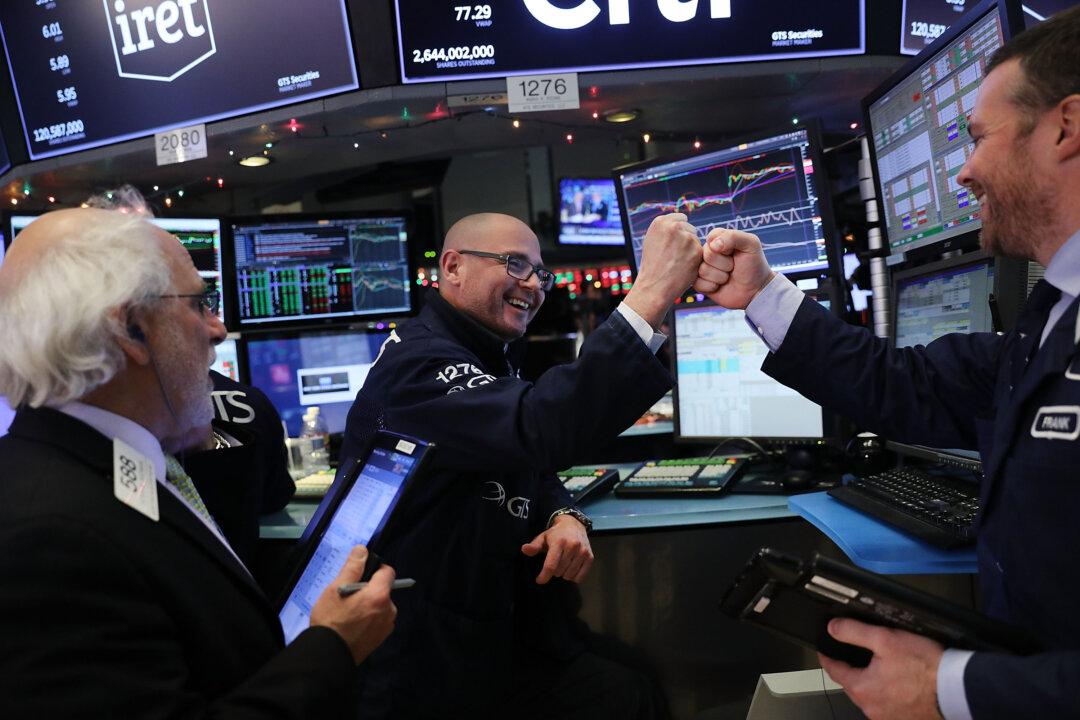2017 has been a banner year for stocks. The next question becomes, can stocks keep going up in 2018? The consensus among analysts is yes, but not to expect a repeat of this year’s performance.
“2017 was a near-perfect year for risk assets,” said Blackrock’s global chief investment strategist Richard Turnill in his Dec. 18 weekly commentary. The S&P 500 is on pace for its best year since 2013—a year-to-date performance of 19.7 percent as of Dec. 20—and has easily surpassed gains from 2014, 2015, and 2016.






